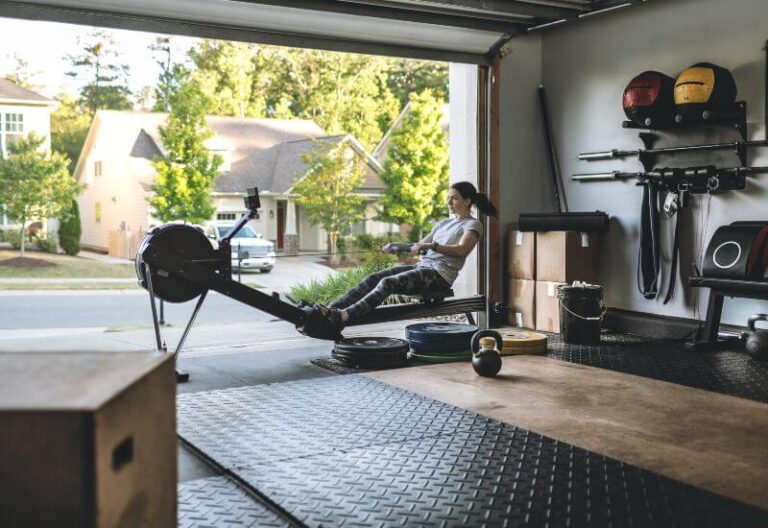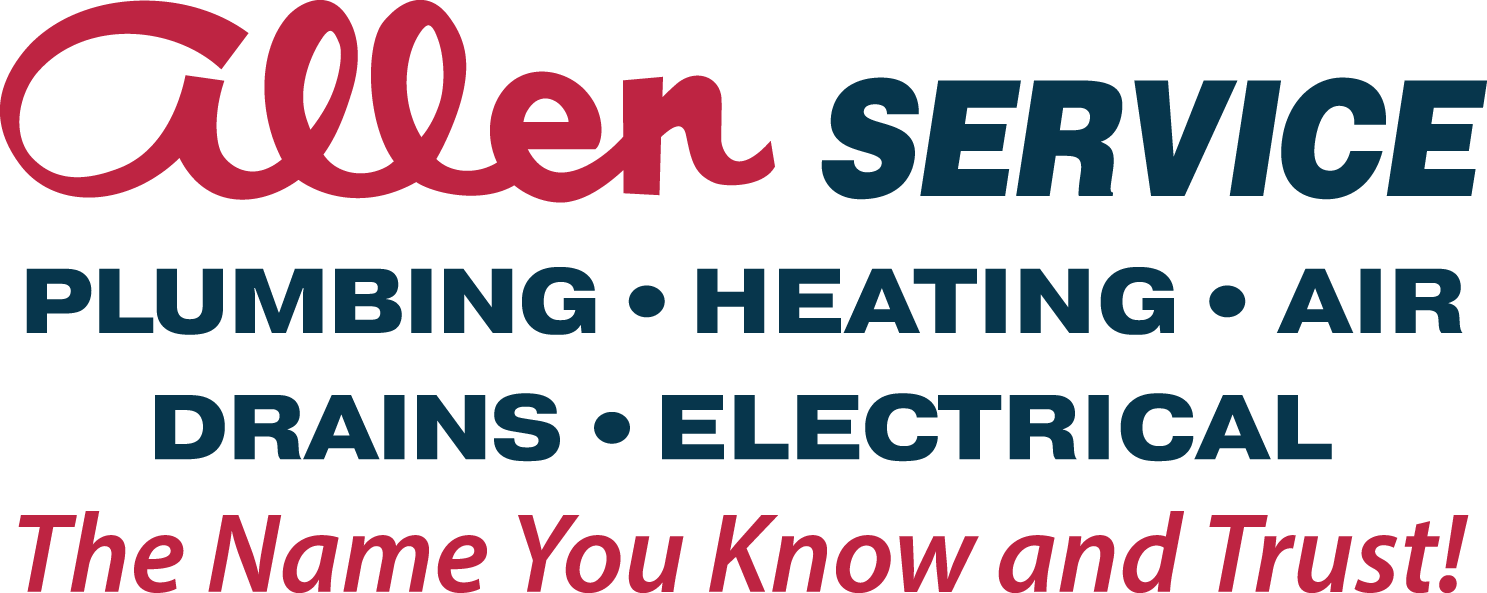
When the winter months roll in, keeping your garage warm becomes essential, especially if you use it for more than just parking your car. A warm garage can make a huge difference in comfort, energy efficiency, and even the longevity of your vehicle and tools. If you’re wondering how to keep your garage warm in winter, here are ten effective strategies that will help you create a cozy space, no matter how cold it gets outside.
1. Insulate the Garage Door
One of the best ways to heat your garage effectively is to start with insulation. A significant amount of heat escapes through the garage door, so insulating it is crucial. You can use foam board, reflective insulation, or fiberglass batt insulation specifically designed for garage doors. Properly insulating your garage door helps to reduce the amount of cold air entering the garage and prevents the warm air from escaping. It’s a relatively inexpensive way to boost your garage’s overall warmth.
2. Add Fiberglass Batt Insulation and Paneling
In addition to insulating the door, adding fiberglass batt insulation to the walls and ceiling of your garage is another excellent step. Fiberglass insulation is easy to install and effective at maintaining a consistent temperature. After installing the insulation, you can cover it with drywall or paneling to give your garage a finished look. This method is ideal for anyone looking for a permanent solution on how to keep a garage warm in winter.
3. Overhead Infrared Tube Heater
If you’re looking for the best way to heat your garage, consider installing an overhead infrared tube heater. These heaters work by emitting infrared rays that heat objects and people directly, rather than the air. This method is energy efficient because it doesn’t waste energy heating unused air space. Infrared heaters are especially effective in garages with high ceilings, as they can direct heat to where it’s needed most. Installation is relatively simple, but it’s recommended to have a professional handle it.
4. Electric Space Heater
An electric space heater is a versatile and convenient solution for how to heat your garage in winter. These heaters come in various sizes and power levels so that you can choose one that meets the needs of your garage. They are easy to use—just plug them in, and they start heating immediately. However, it’s important to select a model that’s safe for use in enclosed spaces, with safety features like an automatic shut-off function and tip-over protection. Electric heaters are an excellent option for temporary or supplemental heating.
5. Ductless Mini-Split Heating and Cooling System
For those who want a permanent and highly efficient solution, a ductless mini-split system is one of the best ways to heat your garage. These systems include a mounted indoor unit connected to an outdoor compressor. Mini-split systems are energy-efficient, quiet, and can both heat and cool your garage. They’re ideal if your garage is used as a workshop, gym, or office, where consistent climate control is necessary.
6. Propane or Kerosene Combustion Space Heater
For garages that lack electrical outlets or require quick heating, a propane or kerosene combustion space heater can be a great choice. These heaters are portable and provide substantial heat, making them ideal for larger garages or areas with poor insulation. However, because they burn fuel, it’s essential to make sure there is proper ventilation to prevent the build-up of carbon monoxide. Always follow the manufacturer’s safety guidelines when using these types of heaters.
7. Radiant Floor Heating
Radiant floor heating is a highly effective method for those considering long-term solutions on how to heat a garage in winter. This system involves installing heating coils or water tubes beneath the floor, which then radiate heat upwards. While the installation can be costly and requires a significant renovation, the result is a uniformly heated space with no cold spots. Radiant floor heating is especially beneficial if you spend a lot of time in the garage or store sensitive items that require a stable temperature.
8. Wood Burning Stove
A wood-burning stove provides a rustic and reliable way to heat your garage. If you have access to firewood, this can be a cost-effective solution. Wood stoves generate substantial heat and can maintain a warm temperature for long periods, making them ideal for detached garages or workshops. However, installing a wood stove requires careful planning, including a proper chimney or vent system to safely exhaust smoke and gases. It’s a traditional yet highly effective way to keep your garage warm throughout the winter.
9. Remove Draft Sources
Another way to keep your garage warm in winter is to eliminate drafts. Drafts can enter through gaps around windows, doors, or even small cracks in the walls and foundation. Use weatherstripping around doors and windows, caulk cracks, and consider adding a draft stopper at the bottom of the garage door. By sealing these gaps, you can stop cold air from creeping in and warm air from escaping, making your heating efforts more effective.
10. Use Floor Coverings to Reduce Thermal Transfer
Concrete floors in garages are notorious for absorbing and holding onto the cold. Using floor coverings, such as rubber mats, carpet tiles, or even specialty insulated garage floor tiles, can reduce thermal transfer. These materials act as a barrier between your feet and the cold concrete, helping to retain warmth in the space. Floor coverings not only make the garage more comfortable but also reduce the load on your heating system.
Let Allen Service Help Keep Your Garage Warm This Winter
There are many strategies available for those looking to understand how to heat your garage effectively. From installing sophisticated heating systems like the ductless mini split to simple fixes like adding insulation and floor coverings, each method has its advantages. The best way to heat your garage depends on your specific needs, budget, and how you use the space. At Allen Service, we are dedicated to helping you achieve optimal home comfort. With over 60 years of experience in providing top-notch HVAC and plumbing services in Fort Collins and Northern Colorado, our team is here to support all your heating needs. Contact us today to learn more about how we can help you keep your garage and home cozy all winter long.
